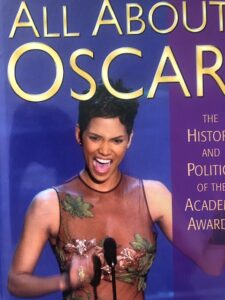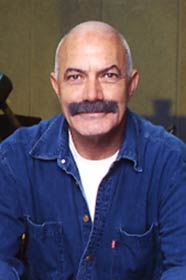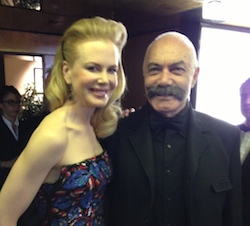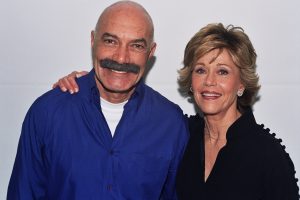Bette Davis‘ accolades for cinematic and TV performances in a career spanning over six decades, from 1932 until the end of the 1980s, shortly before her death.
Her first acting “award” was being cited, alongside Joan Blondell and Ginger Rogers, as one of the “Stars of Tomorrow” in 1932.
My Oscar Book:
Davis had her breakthrough performance as Mildred Rogers in Of Human Bondage (1934), when she received her first major awards notice, or lack thereof. When the Academy nominations were announced and Davis’s name was omitted, there was an uproar. The Academy was inundated with write-in votes demanding that she be nominated. Due to that popular demand, they permitted Davis’s name to remain a write-in candidate, even though she was not an official nominee. She finished third in the votes.
This relaxed rule prevailed the following year, wherein Paul Muni was a write-in nominee for Black Fury (1935). Despite being unofficial, he finished second in the votes.
The academy discontinued the write-in option as of 1936.
When Muni receive his write-in, Davis received her first Oscar for Best Actress, for the film Dangerous (1935). Three years later, she would win again for Jezebel (1938).
Beginning with this film, she next set a record for the most consecutive nominations, receiving five in a row from 1938 through 1942. These succeeding four films were Dark Victory (1939), The Letter (1940), The Little Foxes (1941),[9] and Now, Voyager (1942).
Her longstanding record would shortly be tied by Greer Garson, whose span went from 1941 to 1945 (with a win for 1942’s Mrs. Miniver). Garson and Davis had two overlapping years, plus a third year where they were simultaneously nominated when Davis received her next nomination for Mr. Skeffington (1944).
Aside from Academy Awards, Davis also earned Volpi Cup for Best Actress in 1937 for both Marked Woman and Kid Galahad—the only recipient in their history to receive the prize for two performances.
She received two Best Actress wins from the National Board of Review, one shared prize for both The Old Maid (1939) & Dark Victory; and another two years later, for The Little Foxes.
At this point, Davis had more acting Oscar nominations than anyone else, a streak that continued with All About Eve (1950). She also received several other nominations and wins for this performance, including: Cannes Film Festival Award for Best Actress, New York Film Critics Circle Award for Best Actress.
Her next Best Actress Oscar nomination was for The Star (1952).
One decade later, in 1962, she was nominated for the 11th (and last) time for What Ever Happened to Baby Jane? (1962)
Davis became the first actress to reach double digits in her nominations tally.
Davis continued receiving several other awards and nominations, including 3rd Place from the Laurel Awards for …Baby Jane? followed by a win for her performance in Hush…Hush, Sweet Charlotte (1964).
Emmy Nomimnations:
In later years, she set her sights on television. She received 4 Primetime Emmy nominations, for episode of ABC’s Wide World of Entertainment retroactive special; plus Little Gloria…Happy at Last (1983); White Mama (1980); and Strangers: The Story of a Mother and Daughter (1979), for which she won Emmy opposite Gena Rowlands.
She was also bestowed AFI Life Achievement Award in 1977; and Kennedy Center Honors in 1987.




Academy Awards1935 Of Human Bondage (Write-in) Mildred Rogers, Nominated
1936 Dangerous Joyce Heath Won
1939 Jezebel Julie Marsden Won
1940 Dark Victory Judith Traherne Nominated
1941 The Letter Leslie Crosbie Nominated
1942 The Little Foxes Regina Giddens Nominated
1943 Now, Voyager Charlotte Vale Nominated
1945 Mr. Skeffington Frances Beatrice “Fanny”
Trellis Skeffington Nominated
1951 All About Eve Margo Channing, Nominated
1953 The Star Margaret “Maggie” Elliot, Nominated
1963 What Ever Happened Baby Jane? Baby Jane Hudson, Nomin











